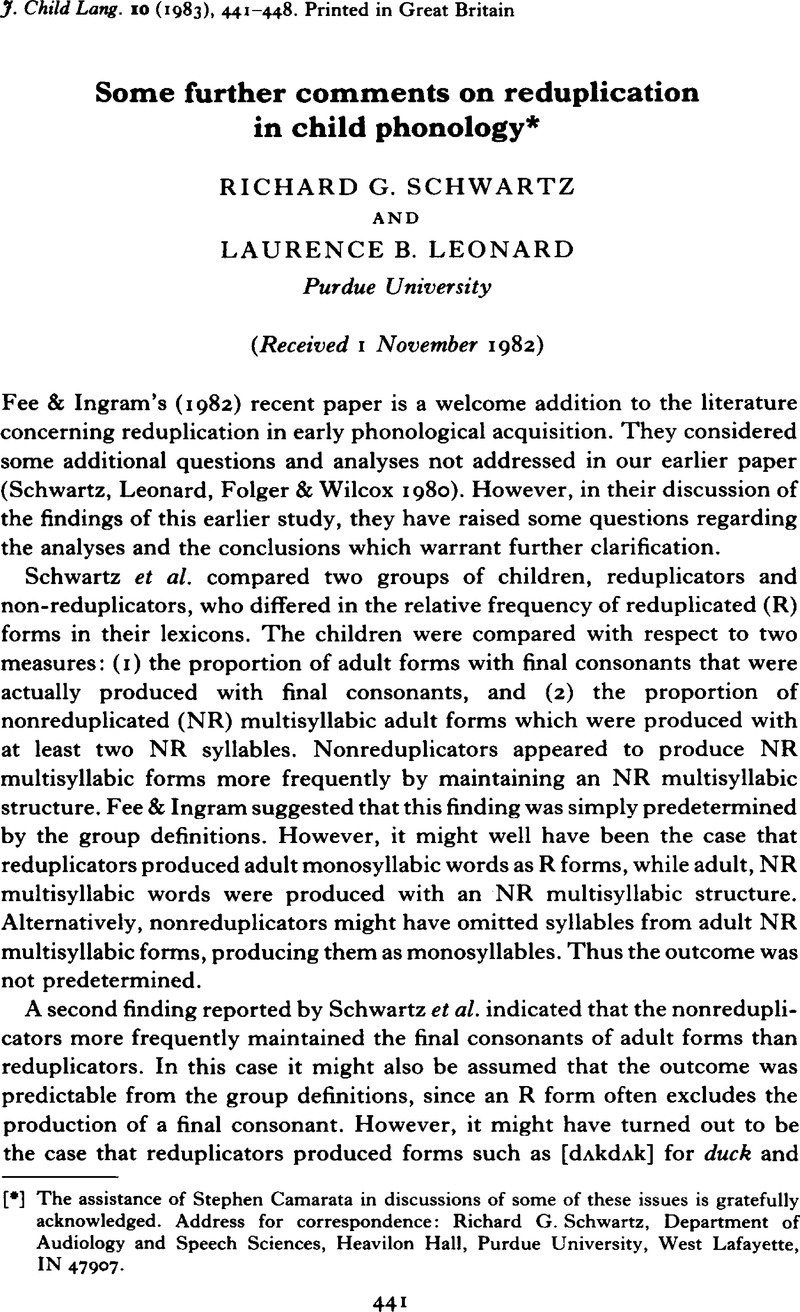Crossref Citations
This article has been cited by the following publications. This list is generated based on data provided by Crossref.
Shriberg, Lawrence D.
Gruber, Frederic A.
and
Kwiatkowski, Joan
1994.
Developmental Phonological Disorders III.
Journal of Speech, Language, and Hearing Research,
Vol. 37,
Issue. 5,
p.
1151.
Klein, Harriet B.
2005.
Reduplication Revisited.
American Journal of Speech-Language Pathology,
Vol. 14,
Issue. 1,
p.
71.


